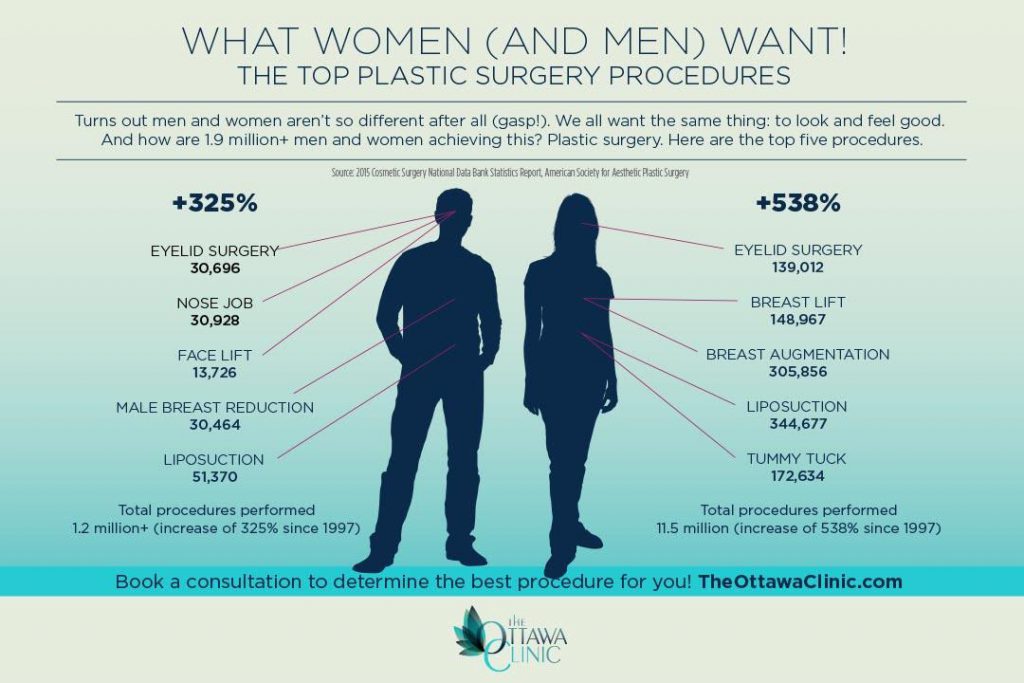How To Know If A Treatment Is Working
How To Know If A Treatment Is Working
Blog Article
Hormone Acne - What is Hormone Acne?
Hormone acne is defined by blocked pores and oily skin that usually appears on the chin and jawline. It occurs when hormone modifications set off swelling and microbial overgrowth within hair follicles.
Outbreaks might look like whiteheads, blackheads, papules or pustules and cysts or blemishes in more serious instances. It is extra usual in teens undergoing the age of puberty yet can influence adults of any age.
What Causes Hormonal Acne?
While acne can be triggered by a range of aspects, including utilizing hair and skin treatment products that aren't oil-free or made with active ingredients that can obstruct pores, hereditary tendency, diet plan,2 and anxiety, the origin is rising and fall hormonal agents. Hormone acne takes place when the body experiences hormone adjustments and variations that bring about an overflow of sebum, which causes inflammation, enhanced growth of bacteria and changes in skin cell activity.
Hormonal acne is often found on the lower jawline, cheeks and neck but can appear anywhere on the body. It is characterized by blemishes that are cystic, uncomfortable and full of pus or various other material. It is likewise most likely to happen in females than guys, particularly throughout the age of puberty, the menstruation, maternity or menopause.
Age
While lots of youngsters experience acne at some time during adolescence, it can remain to torment grownups well right into their adult years. Referred to as hormonal acne, this form of breakout is tied to variations in hormonal agents and is commonly most usual in females.
Hormonal acne takes place when oil glands generate too much sebum, which blocks pores and catches dead skin cells. This brings about the development of blemishes, such as whiteheads, blackheads and papules, pustules, cysts or blemishes, deep under the surface area.
This kind of acne typically triggers discomfort, soreness and swelling. It might likewise be intermittent and show up around the exact same time every month, such as right prior to your duration begins. This is since degrees of female hormones like progesterone and oestrogen vary with each menstrual cycle.
Menstrual Cycle
Hormone acne commonly shows up check here in the reduced part of your face, along the jawline and cheeks, as whiteheads, blackheads or inflammatory pimples (pimples and cysts). It's most likely to appear around the moment when your menstrual cycle changes.
Specifically around ovulation, when estrogen and progesterone degrees are on the surge, hormonal agent changes can cause breakouts. Yet it's likewise possible to obtain acne at any kind of point during your 28-day menstrual cycle.
If you notice that your hormone acne flares up right prior to your duration, try discovering when exactly this occurs and see if it associates with the phases of your 28-day menstruation. This will help you determine the source of your skin troubles. As an example, you may want to service balancing your blood sugar and eliminating high-sugar foods, or consider a prescription medication like spironolactone that can manage your hormonal agents.
Pregnancy
Expanding an infant is a time of dramatic hormone modifications. For many females, this includes a flare-up of hormone acne. This kind of outbreak usually begins in the initial trimester, around week six. It's brought on by hormone rises that promote sweat glands to make more oil, which can block pores and create even more bacteria to accumulate.
Breakouts might likewise occur as a result of pre-existing problems like polycystic ovary syndrome, which can additionally be a concern during pregnancy and menopause. Additionally, some types of contraceptive pill (such as Ortho Tri-Cyclen and YAZ) can set off hormone acne in some women.
The good news is, most acne therapies are "no-go" for pregnant females (including prominent acne-fighting ingredients such as isotretinoin and spironolactone). However if you can't prevent those annoying bumps, your medical professional may recommend oral erythromycin or cephalexin, which are risk-free during pregnancy.
Menopause
As ladies come close to menopause, the estrogen levels that created their hormone acne to flare up throughout puberty begin to maintain and reduce. At the same time, nonetheless, a spike in androgens (also referred to as male hormones) takes place because these hormonal agents can't be converted into estrogen as successfully as previously.
The unwanted of androgens can set off oil manufacturing by the sebaceous glands, which blocks pores. When the clogged up pores become irritated and aggravated, a pimple types.
Hormone acne is generally seen on the face, specifically around the chin and jawline, but it can happen on the neck, back, shoulders, or upper body. This type of acne has a tendency to flare in a cyclical pattern, similar to the menstruation. Stress, which enhances cortisol and tosses hormones out of balance, likewise adds to the breakouts.